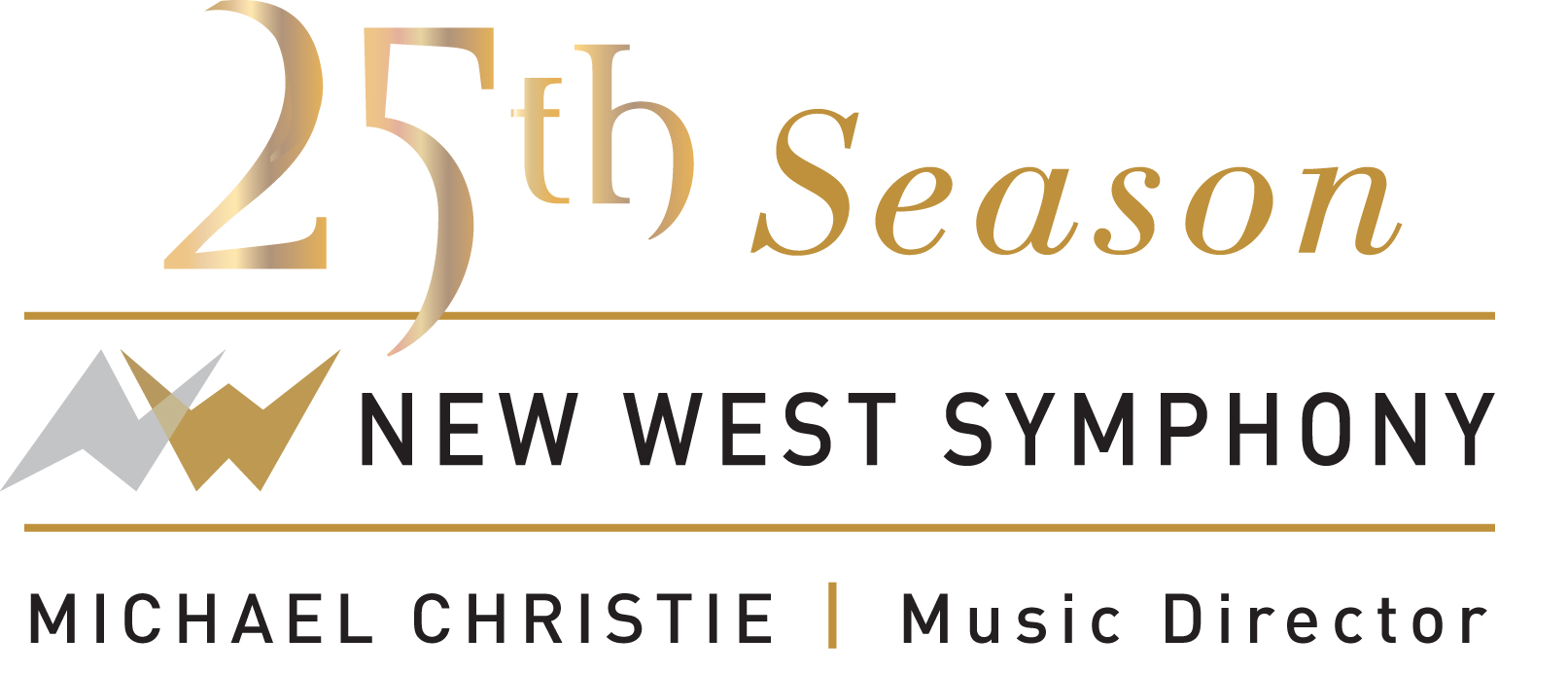Newcomer's Guide to the Symphony
Newcomer's Guide to the Symphony
We’re so glad you’re here. If this is your first time to one of our concerts or to a live orchestra performance, here are ten tips to enhance your enjoyment of the performance.
1. Don’t worry, it will be fun, we promise!
You might think everyone else knows all about classical music, but the truth is most people know only a little, and some say learning new things is the best part of going to a concert. The good news is that you can enjoy the concert, whether you want to focus on learning or just sit back and soak it all in
2. It’s okay to zone out.
Many of us aren’t used to sitting still in a quiet place for a long time. You might feel antsy and restless, or you might feel nervous because you don’t want to miss something. It’s totally okay to relax and rest your eyes. Let the music flow into you, and you have a real shot at an enjoyable evening!
3. You’re going to have the feels.
Live symphonic music can touch the heart, get your blood boiling, or tickle the funny bone. You may laugh, shed a tear, cheer and jump to your feet. It’s even been known to happen all at the same time. There’s something magical about a live performance that is like no other. On stage are anywhere from 50 to 70 professional musicians, some of the most famous and accomplished in the world we’re proud to say. When they play together, you’ll be able to feel and hear a sizzling energy. When you ask the orchestra members, they feel the same thing back from the audience, which creates a whole new experience different from an empty hall. So you’re part of the magic happening right now!
4. The concertmaster tunes the orchestra
The concertmaster, also known as ‘first violin’ or ‘principal violin,’ is responsible for leading the violin section, which is usually the largest instrument section in the orchestra. Our concertmaster, Alyssa Park, is an acclaimed soloist, and you might have seen her on last year’s Oscars telecast where she was concertmaster.
5. The concert has two halves
The first half is usually about 45 minutes to an hour followed by a second half which is usually about the same length. In between the two halves, our 30-minute intermission gives everyone a chance to enjoy the evening their way.
Intermission Insights (10 minutes) – Our Music Director Michael Christie spends 10 minutes on stage with the guest artist in a fun and fascinating interview and audience Q&A.
Break (10 minutes) – A great time to use the restroom, order a refreshment from the concessions in the lobby, and catch up with friends.
Entr’acte (10 minutes) – The orchestra performs a short contemporary piece – incredible music you may never hear anywhere else.
Feel free to take your seat, poke your head in, or mingle in the lobby until the second half!
See the Season
The 2019/2020 Masterpiece Series season is six fabulous concerts you won’t want to miss.
Learn more >>
6. Applause works a little different than you might expect.
If you look on the concert page, you will notice some of the pieces broken up into movements. It’s a common tradition that the audience does not applaud after each movement even if the orchestra pauses, but instead, saves the applause until the end of the whole piece. Unless there’s an exception. See #7.
7. Rules are made to be broken.
There are many exceptions to all the traditions. Sometimes the orchestra doesn’t pause between movements, sometimes people applaud after a movement anyway, sometimes there’s no intermission, sometimes one half is shorter or longer. If you go to a ballet or opera, people often applaud right in the middle of a piece, after a great aria or dance move. Just play along with your audience neighbors, and you’ll be fine.
8. Some basic definitions.
Here are types of pieces you might see in a symphonic concert:
-
- Overture or Suite – this is a short piece that is a summary of a much larger piece like an opera or ballet
- Concerto – this is a piece typically in 3 movements (fast, slow, fast) with a solo instrument backed by an orchestra.
- Symphony – this is a piece typically in 4 movements, played by the whole orchestra.
9. There are some unusual names in classical music.
Many of the most famous symphonic music composers are of European origin. Here’s a pronunciation guide for composer names you’ll see this season:
-
- John Corigliano is a contemporary era American composer (b. 1938): core-EE-lee-AH-no (the ‘g’ is silent)
- George Gershwin was an early 20th century American composer (1898-1937): GURR-shwin
- Nikolai Rimsky-Korsakov was a romantic era Russian composer (1844-1908): RIM-skee CORE-suh-cough
- Béla Bartók was a romantic era Hungarian composer (1881-1945): BARR-tuck
- Gabriela Lena Frank is a contemporary era American composer (b. 1974): FRAYnk
- Julien Labro is a contemporary era French composer: LAB-row
- Astor Piazzola was a 20th century Argentine composer (1921-1992): pea-uh-ZOH-lah
- Aaron Copland was a 20th century American composer (1900-1990): COPE-lend
- Ludwig von Beethoven was a classical era/romantic era German composer (1770-1827): BAY-toe-venn
- Felix Mendelssohn was a romantic era German composer (1809-1847): MEN-dell-suhn
- Hans Krása was a 20th century Czech composer (1899-1944): KRAH-suh
- Alfred Newman was a 20th century American composer (1900-1970): NEW-muhn
- Jonathon Leshnoff is a 20th century American composer (b. 1973): LESH-nawf
- Sergei Rachmaninoff was a romantic era Russian composer (1873-1943): rock-MAHN-inn-off
- Jean Sibelius was a romantic era Finnish composer (1865-1957): sih-BAY-lee-us
- Johannes Brahms was a romantic era German composer (1833-1897): BRAHmz
10. Join us again!
The more classical music you hear, the more you’ll develop a taste for it. The drama, the nuance, and the majesty will call you back – maybe not immediately, but the more you listen and learn, the more you’ll love it!
See the Season
The 2019/2020 Masterpiece Series season is six fabulous concerts you won’t want to miss.
Learn more >>

